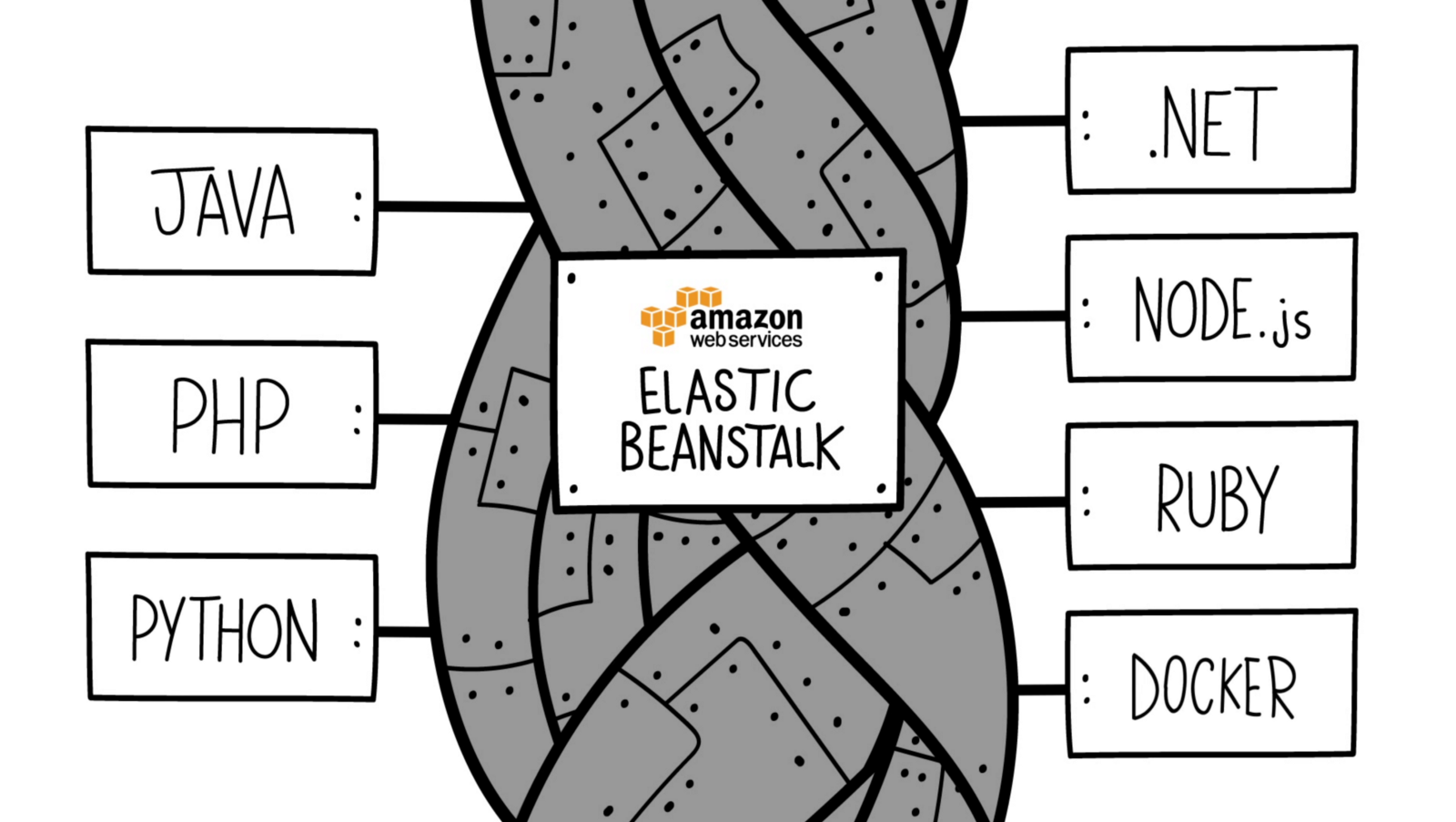
Cloud computing has brought revolution by making IT – Servers, Storage, Database, Networking, Analytics, Software & more – available over the internet (i.e. ‘cloud’). Even though there is an increased risk in security due to exposure, adopting cloud can hugely reduce cost, increase speed, bring in global scalability, reduce tech-support responsibilities, increase reliability due to robust backup as well as redundancy, for enterprises.
Read more about cloud computing in our blog post on the same topic :
https://www.nodericks.com/cloud-computing-hosting/
Cloud computing is made available to customers, through Cloud Provisioning. It is the process of allocation of a cloud provider’s resource as well as services to a customer. Cloud provisioning has mainly been done through three delivery models- Advanced Provisioning (Contractual, Predecided services will be availed, Flat fee/Monthly billing), Dynamic Provisioning (Purchase has done as per an average usage rate, Pay-per-use billing) and User-Self Provisioning (Customer selects the needed cloud services via web interface, Payment is done via credit card, Needed cloud services provided after the purchase).
Cloud provision has been made possible using Cloud Orchestration, which consists of the tools, architecture and processes used to deliver a defined service. One of the major Cloud Orchestration Service from AWS (Amazon Web Services) to deploy infrastructure which orchestrates various AWS services including Amazon EC2, S3, Simple Notification Service (SNS), Cloudwatch, Auto scaling and Elastic Load Balancing is – Elastic Beanstalk.
AWS Elastic Beanstalk
Elastic Beanstalk is used to deploy as well as scale web applications and services which uses Java, .Net, PHP, Node.js, Python, Ruby, Go and Docker through the usage of managed containers that supports these environments, on servers like Apache, Ngnix, Passenger and IIS. Using Elastic Beanstalk is easy. Can start with AWS management counsel, Command line interface or API. Then choose the platform- like Node.js /Python, etc. and then Amazon EC2 instance type. After that select additional resources for usage like Amazon Relational Database Server /Amazon Virtual Prive Cloud, etc. Then, upload the code.
One can easily upload the code, and then Elastic Beanstalk will be taking care of the whole deployment process from capacity provisioning, load balancing, auto-scaling to application health monitoring. Elastic Beanstalk can scale applications up and down as per the need using easily adjustable auto scaling settings. During this, robust control and accessibility of the base AWS storage / powering resources will be maintained in every way. This makes it possible to take over some / all of the resources in the infrastructure so that there is no need to go on with a predetermined configuration. Elastic Beanstalk has an open architecture and, this makes it able to also deploy the applications which are not written for the web.
Benefits of using Elastic Beanstalk are,
- It’s fast and simple to use – Goto AWS website and avail it with a few clicks through AWS management counsel. Pay only for AWS resources to store as well as run applications and not any additional charges for Elastic Beanstalk!.
- Ensures high application availability – Easily adjustable auto scaling settings make it able to scale up and down (load balancing) the applications automatically, as per the need. This makes applications able to handle workload peaks/traffic, at a minimum cost.
- Increases Developer Productivity – It completely provisions and operates the infrastructure, manages the application platform as well as keeping up the underlying platform with latest patches and updates. This saves time and frees developers from managing and configuring servers, databases, load balancers, firewalls and networks, making them fully focus on coding.
- Complete Resource Control – It gives the freedom to choose those AWS resources which are optimal for an application. If needed, Elastic Beanstalk seamlessly allows to take over some or all of the elements in the undying AWS infrastructure, through its management capabilities.
All of these makes Elastic Beanstalk a robust cloud provisioning and deployment service that automates the process of getting applications set up on AWS infrastructure.
